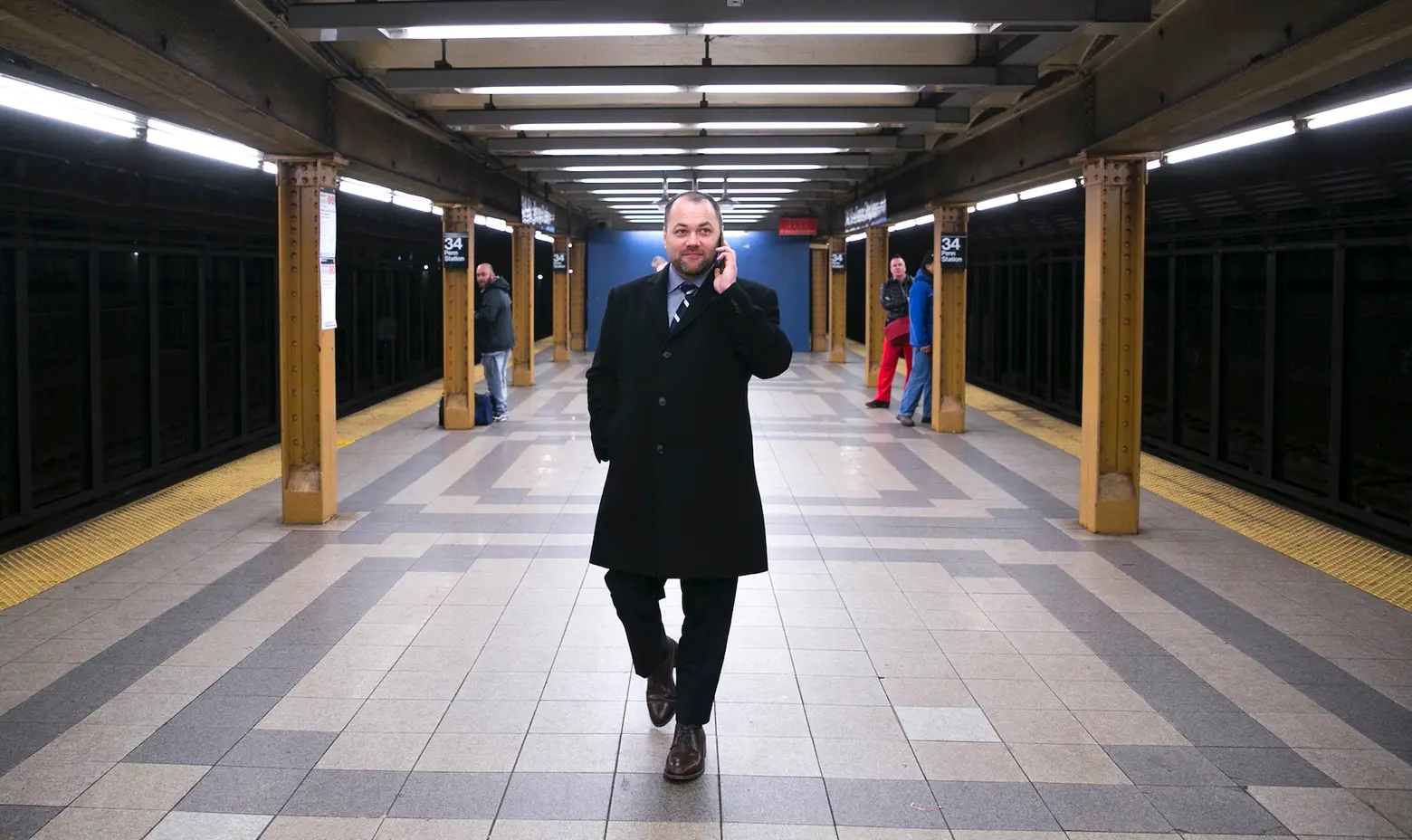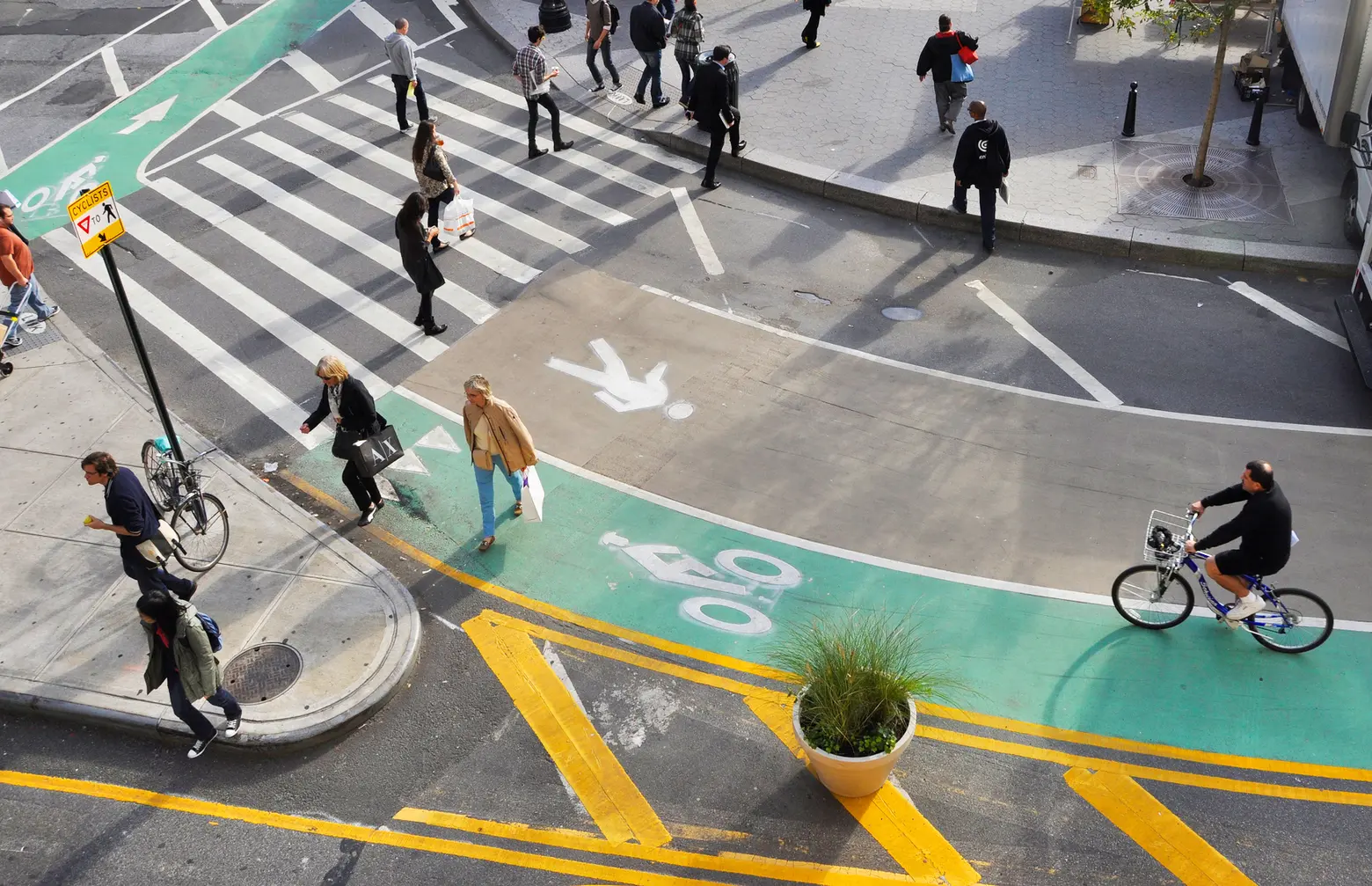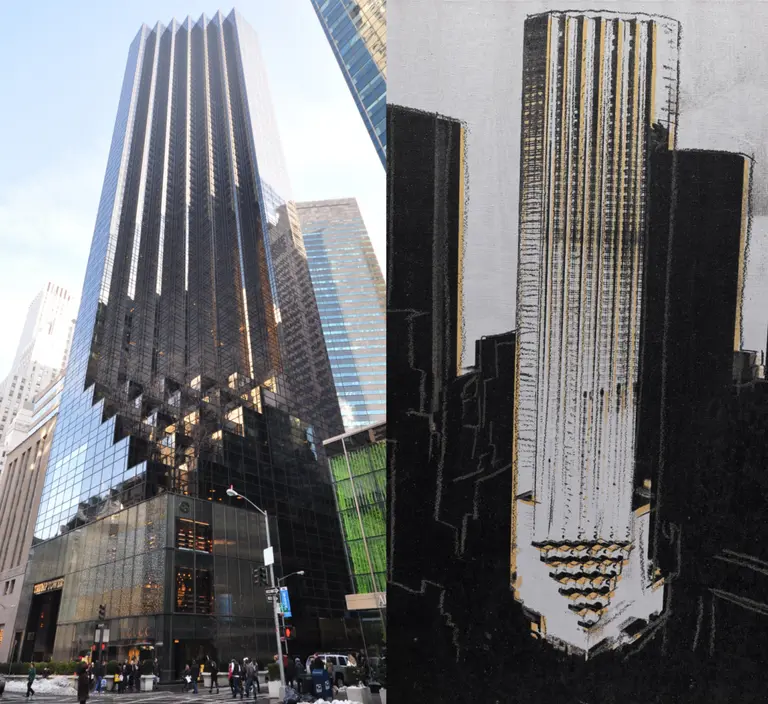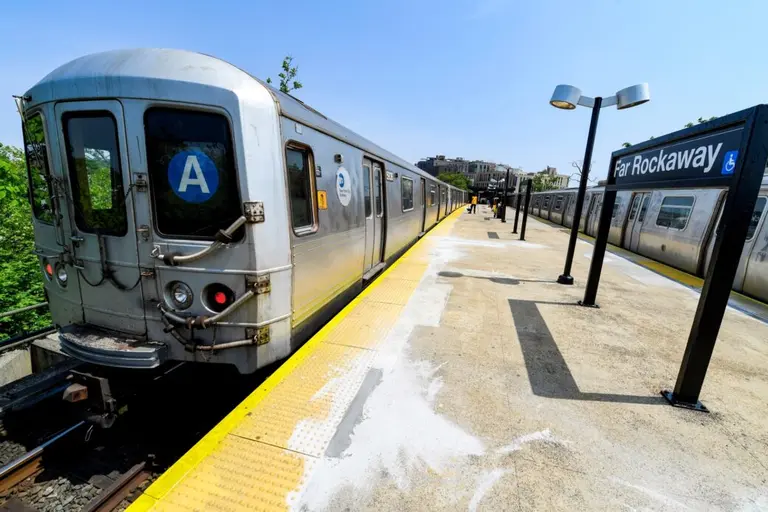City Council Speaker Corey Johnson’s new bill is a ‘roadmap to breaking the car culture’

City Council Speaker Corey Johnson’s comprehensive “complete streets” bill arrives just three months after he proposed a five-year plan to make New Yorkers who take mass transit, walk and bike a priority over motor vehicle drivers. Johnson plans to introduce legislation next week that would require city officials to build 150 miles of dedicated bus lanes and 250 miles of protected bike lanes within a five year period, Streetsblog reports. Johnson said, “I want to completely revolutionize how we share our street space, and that’s what this bill does. This is a roadmap to breaking the car culture in a thoughtful, comprehensive way.”

Via Flickr cc
Though New York City has expanded its bike lane network under mayors Bloomberg and de Blasio, city streets remain dangerous for bikers. Bill de Blasio’s Department of Transportation built almost 25 miles of protected bike lanes in 2017 but less than 20 miles were built last year. The department has committed to at least 10 miles of new protected bike lanes each year.
Piecemeal improvements have been slow because the impact on private vehicle speeds and parking issues has been carefully considered with each new improvement. Johnson, who will likely be a mayoral candidate in 2021, hopes to change that status quo. Other than a mention of “traffic congestion,” Johnson’s bill aims to counter-balance the current prevalence of cars and drivers.
The bill goes much further than the current administration’s efforts, setting priorities that favor the “safety of pedestrians and individuals using bicycles; access to and use of public transit; reduction of traffic congestion and emissions; and improving access to streets, sidewalks, public spaces, and mass transit for individuals with reduced mobility, hearing, or visual impairments” at every level.
The bill asks that the DOT release its first plan in October, with more specific plans on how it will achieve the following imperatives within five years:
- at least 150 miles of protected bus lanes;
- at least 1,000 intersections with signal priority for buses;
- at least 250 miles of protected bicycle lanes, or 50 per year;
- citywide bus stop upgrades;
- commercial-loading-zone reforms that prioritize people who don’t drive.
- By 2021, the agency must double the city’s total pedestrian-plaza acreage, and add 12 new “shared streets,” with speed limits not to exceed five miles per hour.
The bill’s 10-year goals are as follows:
- a completely connected bike network;
- protected bus lanes everywhere feasible;
- “accessible pedestrians signals” at all relevant interactions;
- compliance with ADA accessibility at all intersections.
- the creation of a metric for the safety of the bike network, called the “bicycle-network connectivity index.”
Advocates hope a citywide approach will alleviate the prohibitive effect of community-board opposition to bike lanes and other projects that don’t favor cars. DOT spokesman Scott Gastel said the agency is reviewing the bill, and said the current administration remains committed to reducing traffic accidents and improving and speeding up bus service, most recently with the mayor’s pledge to improve bus speeds by 25 percent in the coming year.
[Via Streetsblog]
RELATED:




























